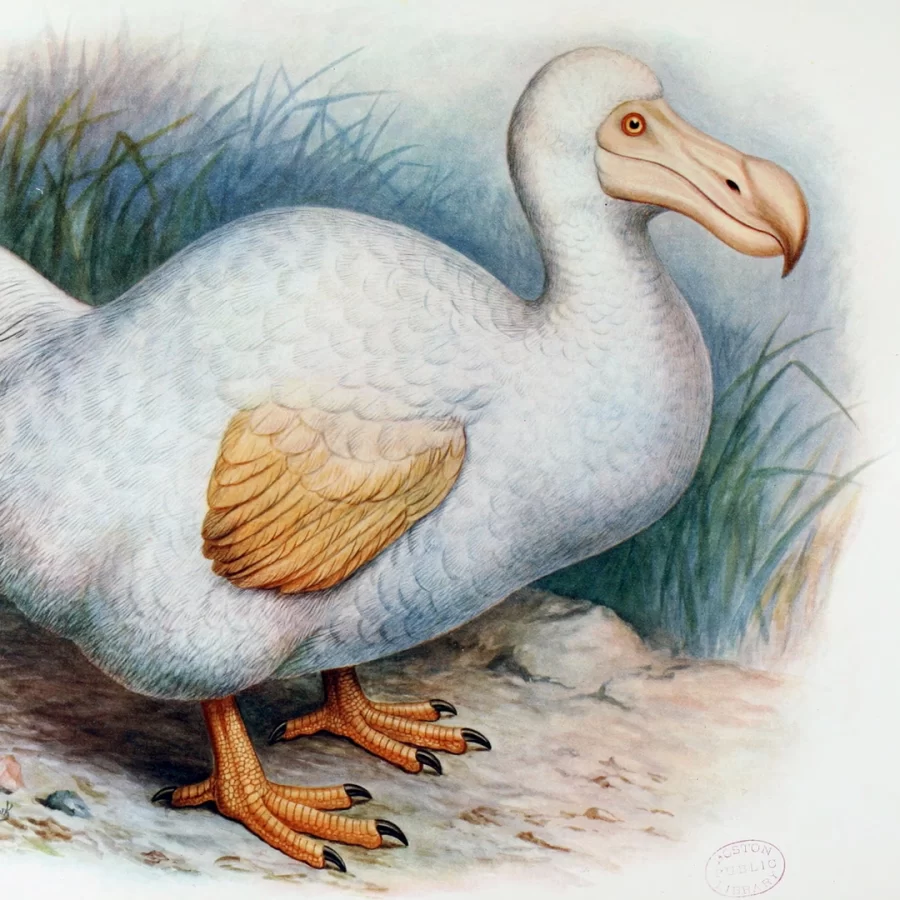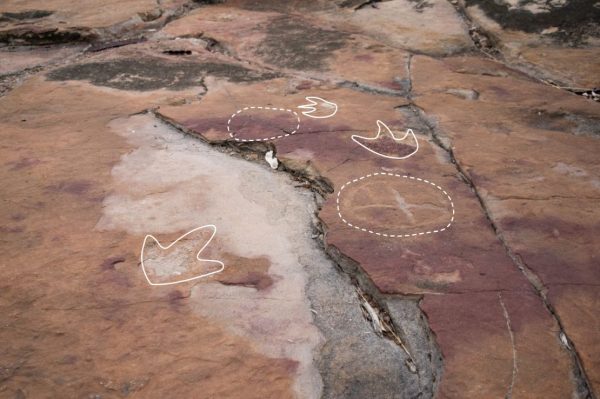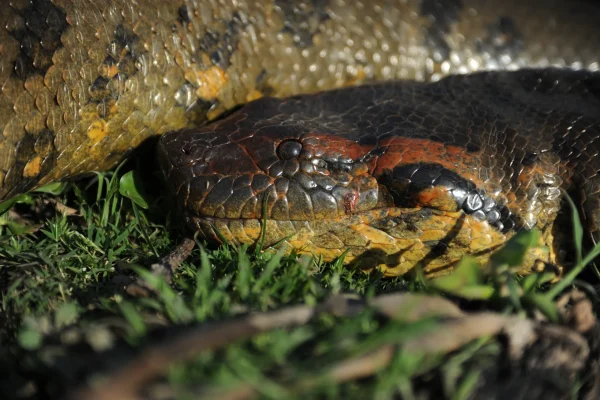Scientists Want to Resurrect Extinct Wildlife
February 10, 2023
The Dodo Bird was a flightless bird that has been extinct since the 17th century. Scientists are plotting to bring this interesting bird back to life. Scientists hope to incorporate advances in ancient DNA sequencing, gene editing technology, and synthetic biology. They hope the project will open up more conversations to develop more techniques for reviving extinct birds. Beth Shapiro, a professor of Ecology and Evolution at the University of California, Santa Cruz, is also trying to figure out how to resurrect the Woolly Mammoth and the Tasmanian Tiger. She mentioned that they are done with the first step of sequencing the Dodo’s genome, which is based on the genetic material extracted from the remains of the Dodo found in Denmark.
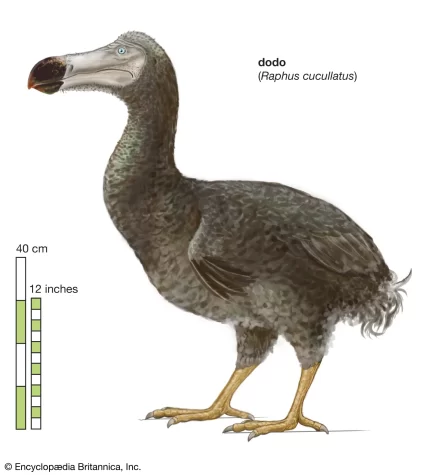
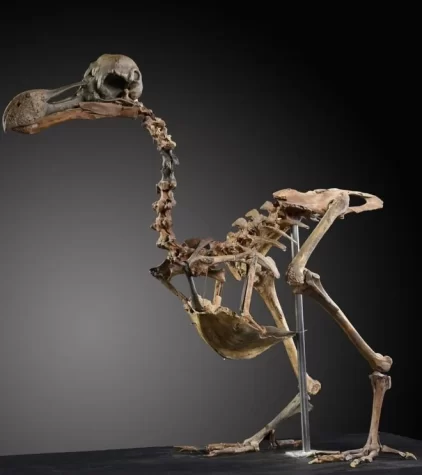
Afterward, they will need to compare the genetics with other birds in the pigeon family, which would be the still-living Nicobar Pigeon and the long-extinct Rodrigues Solitaire. It will be a process that will allow them to narrow the mutations in the genome so that it’s very accurate to what a Dodo was.
Many challenges come trying to resurrect this bird, such as programming a living bird with a long-dead bird’s DNA. Shapiro says she wants to use a adaptive existing technique that involves primordial germ cells, the embryonic precursors of sperm, and eggs. This has been used to create a chicken fathered by a duck. “While it works with chickens, it would be great to get this work for lots of other birds across the bird tree because it will be hugely impactful for avian conservation,” said Shapiro.
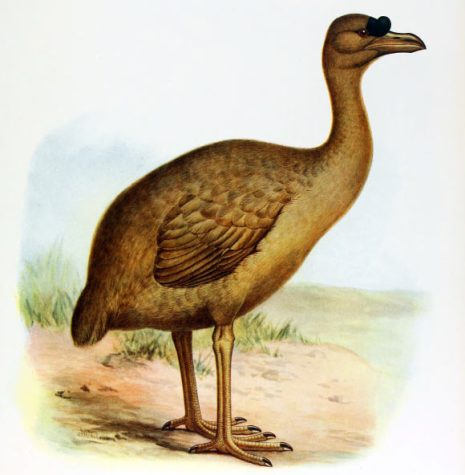
Mike McGrew is a senior lecturer and personal chair in Avian Productive Technologies at the Roslin Institute at the University of Edinburgh. His work consists of turning commercial egg-laying hens into surrogates for rare chicken breeds revived from primordial germ cells. McGrew said that he has been trying to culture germ cells from other bird species for 10 years.

